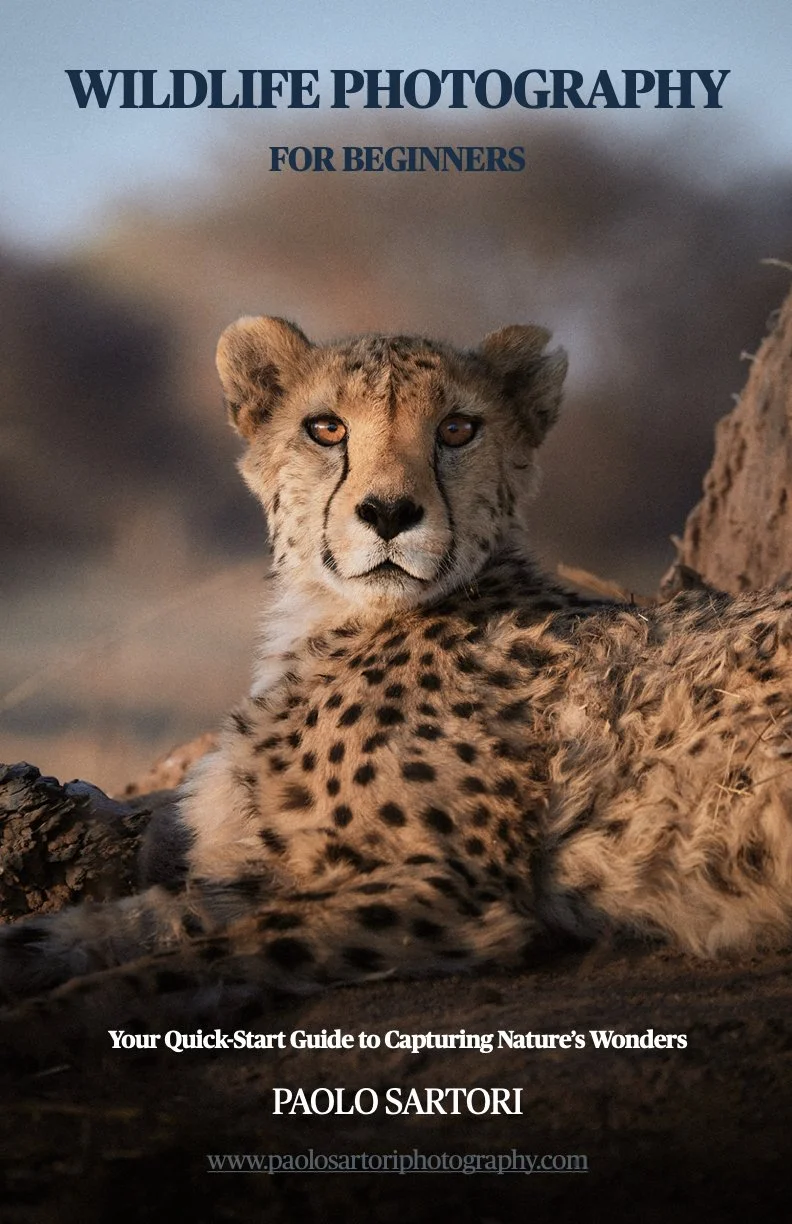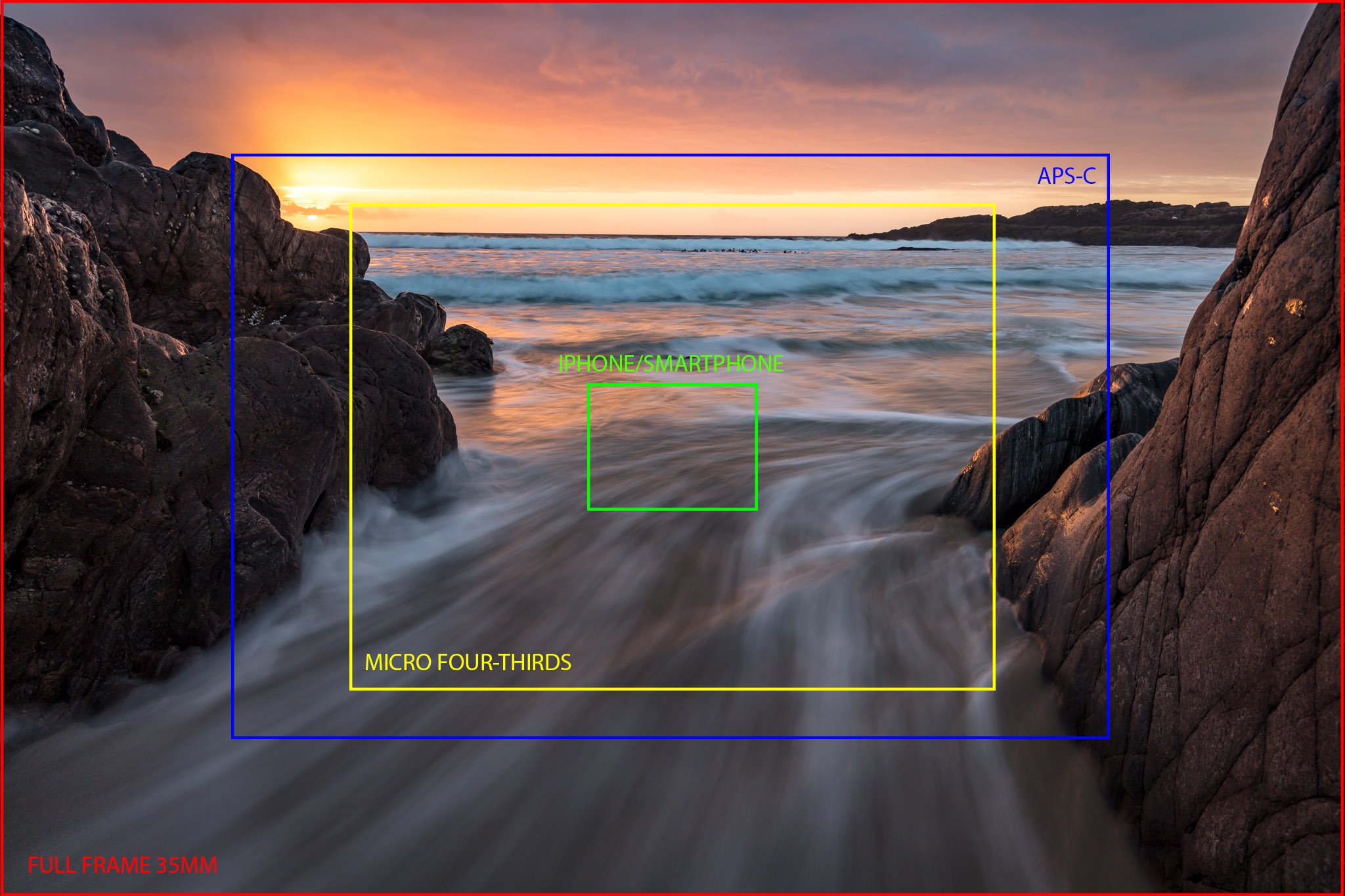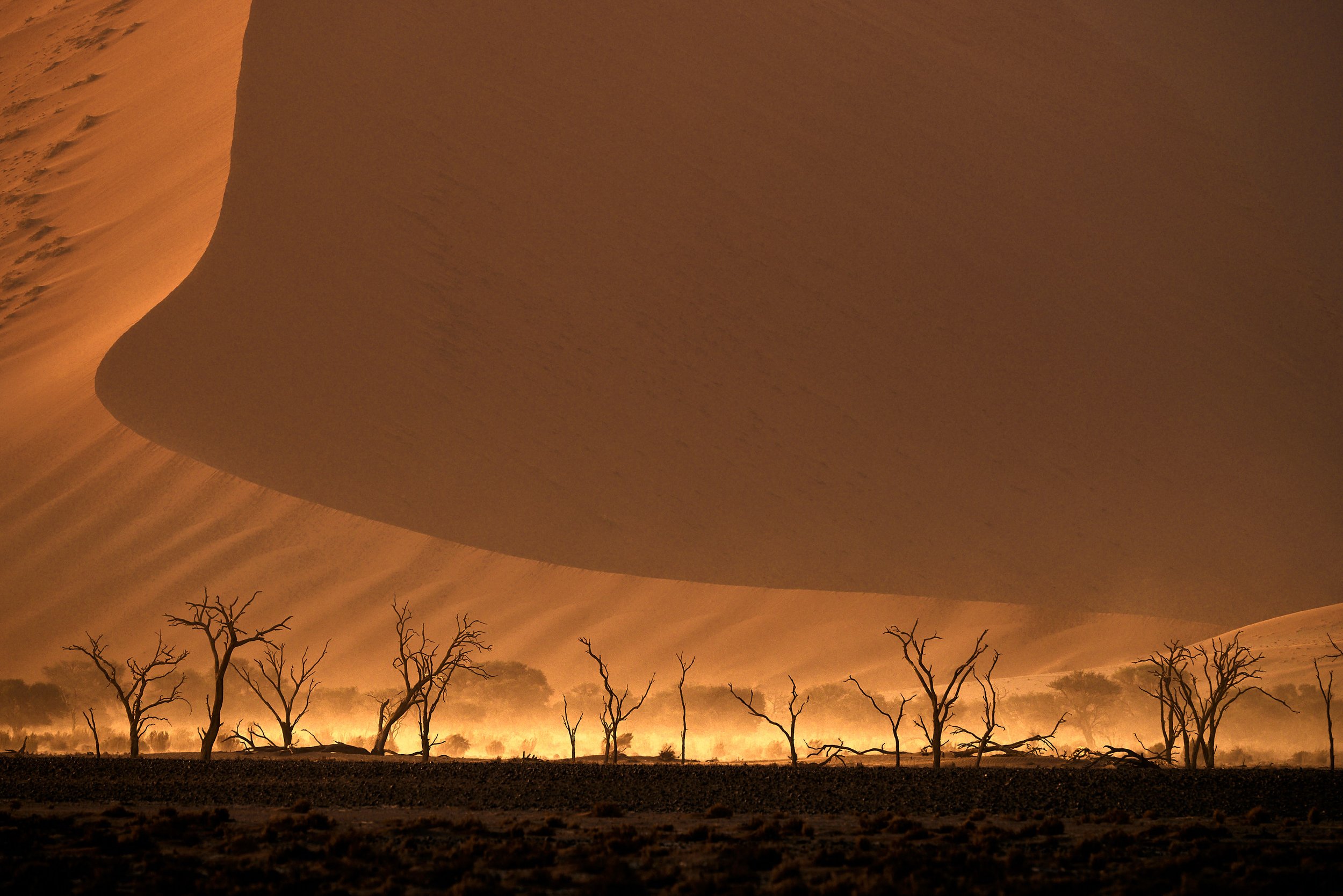Photography isn’t just about pressing the shutter button at the right time—it’s about learning how to truly see. This might sound simple, but I can tell you from years of experience that it’s one of the hardest skills to master.
We often assume that seeing is something we just do, instinctively, like breathing. But in reality, we don’t see the world as it is—we interpret it based on years of accumulated memories, experiences, and subconscious associations. Our brains aren’t cameras; they’re storytellers, filtering and shaping everything we perceive.
When I first started photography, I thought I was paying attention to the world around me. I’d go out with my camera, excited to capture the beauty of nature, only to come home and realize that my photos looked… well, flat and boring. Something was missing, but I couldn’t put my finger on it. The images had all the elements—good lighting, an interesting subject—but they didn’t feel alive.
It took me a long time to understand what was happening. I wasn’t seeing the scene—I was just looking at it.
Why We Struggle to See as Photographers
The biggest mistake many beginners make (myself included) is assuming that the camera will do the seeing for them. We point, focus, and shoot, expecting the image to match the magic we experienced in person. But more often than not, we end up with disappointing results.
Here’s why:
Our brains are wired to filter out clutter. When we look at a beautiful landscape, we automatically ignore distractions—power lines, dead branches, trash on the ground. But the camera captures everything, and suddenly those distractions become glaringly obvious.
We rely on memory and association more than we realize. A place that holds deep emotional meaning for us might feel powerful in person, but to someone else, a photo of that same spot might feel ordinary.
Our visual perception is biased by past experiences. Have you ever thought you captured a sharp, well-composed shot, only to find that it’s actually cluttered and unbalanced when you review it later? That’s because, in the moment, your brain fills in the gaps, making you believe the image is better than it really is.
The Difference Between Looking and Seeing
One of the most valuable lessons I ever learned came from an art teacher who told me: “If you want to take better photos, put the camera down.”
At first, this sounded ridiculous. But he explained that before we can create meaningful images, we need to train our eyes to see composition, light, and emotion—without relying on the camera.
One way to do this is through sketching. And no, you don’t have to be an artist on that. The goal isn’t to create a masterpiece but to force yourself to simplify a scene. When I started doing this, I realized how much unnecessary clutter I had been including in my photos. My sketches were clean and balanced, yet my photos felt chaotic. That exercise alone transformed the way I approach photography.
Another exercise is to spend at least five minutes observing a scene before taking a single photo. Look at the light, the shadows, the small details you might have missed at first glance. Ask yourself: What is the true subject here? What do I want the viewer to feel?
How Memory Shapes Our Perception of Photography
A fascinating thing about photography is that every viewer brings their own memories and associations to an image. What moves one person deeply might feel completely unremarkable to another.
A powerful photograph isn’t just about what is in the frame—it’s about creating an emotional connection that transcends personal experience. This is why the best photographs often rely on universal themes: solitude, adventure, nostalgia, resilience. These emotions are woven into our collective memory, and when an image taps into them, it becomes timeless.
Why Imperfection Can Make a Photo More Powerful
If you’ve ever wondered why some of the most famous photographs in history aren’t technically perfect, this is why.
Take Robert Capa’s D-Day photograph of a soldier struggling through the water. It’s grainy, slightly out of focus, and yet it’s considered one of the greatest images ever taken. Why? Because it feels real. The imperfection adds to the story—it makes us feel like we’re right there in the chaos.
Too often, photographers obsess over sharpness, perfect lighting, and technical precision, but these things don’t always make an image more powerful. In fact, they can sometimes make a photo feel sterile. Real life is messy. Emotion is messy. And sometimes, the best images embrace that.
How to Train Yourself to See Like a Photographer
So, how do you go beyond just looking and start truly seeing?
Here are a few exercises that helped me:
The "No Camera" Challenge: Spend a day exploring without taking a single photo. Instead, pretend your eyes are the camera. Mentally compose shots, study the light, and note the details you would include or exclude.
The Sketching Exercise: Before snapping a photo, quickly sketch out your composition. You’ll be surprised at how much cleaner and more intentional your framing becomes.
Shoot with One Prime Lens: Using a fixed focal length (like a 50mm or 35mm) forces you to move your feet and compose with intention, rather than lazily zooming in and out.
Limit Yourself to 10 Shots: When you’re in the field, challenge yourself to take no more than ten images of a scene. This forces you to be selective and deliberate rather than mindlessly snapping away.
Study the Masters: Look at iconic photographs and ask yourself—what makes this image powerful? Is it the composition? The emotion? The use of light?
Join My Photography Workshops and Transform the Way You See the World
Learning to truly see is the key to creating powerful, unforgettable images—and that’s exactly what we focus on in my photography workshops. Whether you're a complete beginner or you already have a good photography background my workshops are designed to sharpen your vision, refine your technique, and push your creativity to the next level.
Join me in some of the world’s most breathtaking locations—from the wild plains of Namibia to the dramatic peaks of Patagonia—where you'll get hands-on experience, personalized coaching, and a chance to immerse yourself in the art of storytelling through photography.
The Art of Seeing
Learning to see is a lifelong journey. Even after years behind the camera, I still catch myself falling into old habits—rushing my shots, overlooking distractions, failing to truly connect with the scene.
But that’s the beauty of photography. It’s not just about capturing the world as it is—it’s about discovering how we experience it.
So, next time you pick up your camera, slow down. Look deeper. Challenge yourself to go beyond just looking—and start seeing. Because the most powerful photographs aren’t the ones that simply show a subject—they’re the ones that make us feel something.


















































